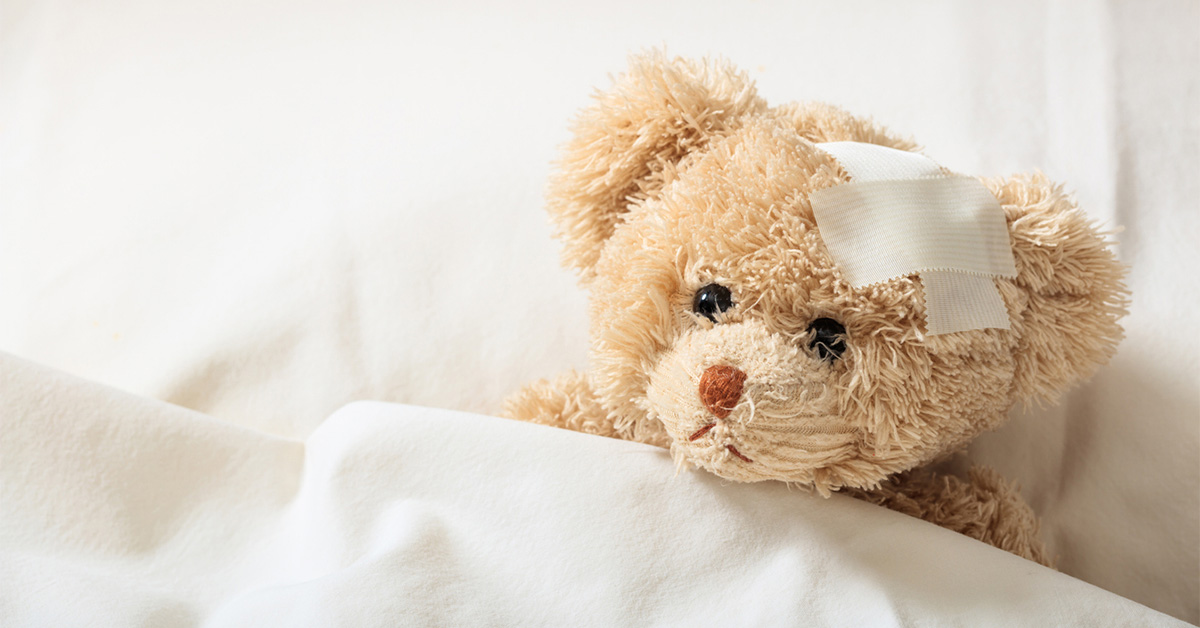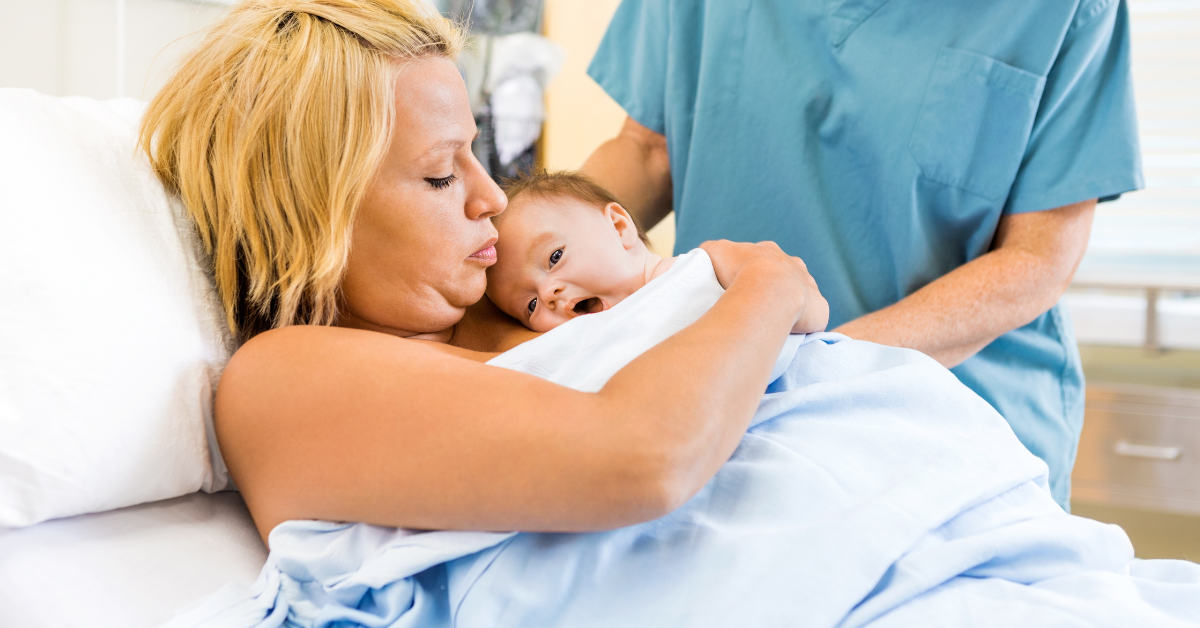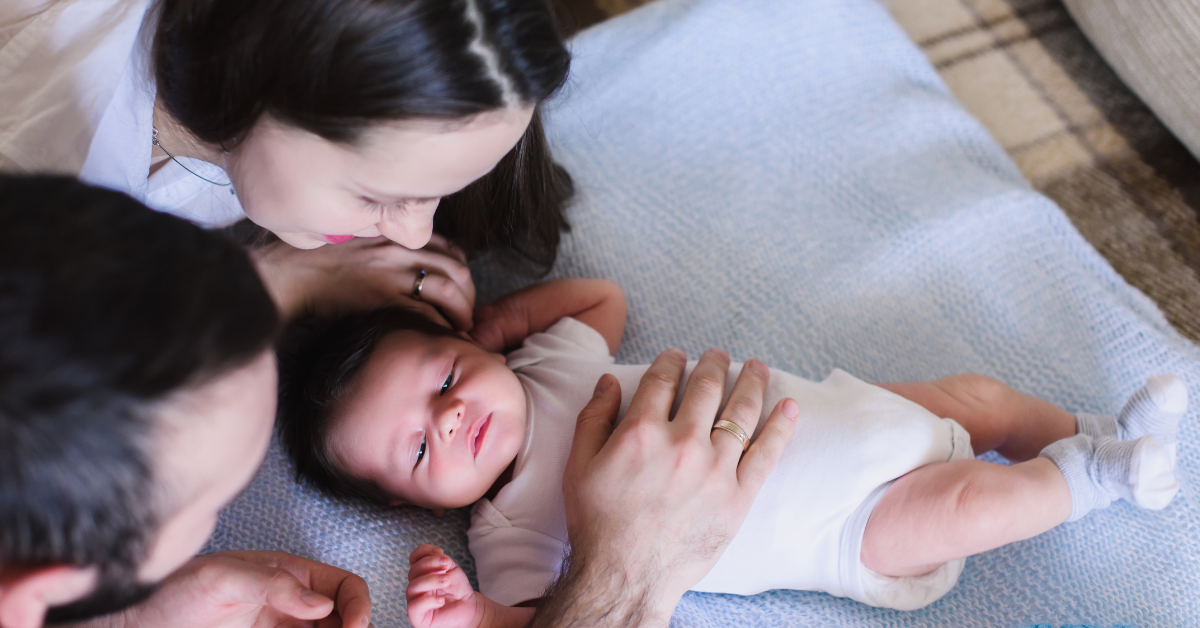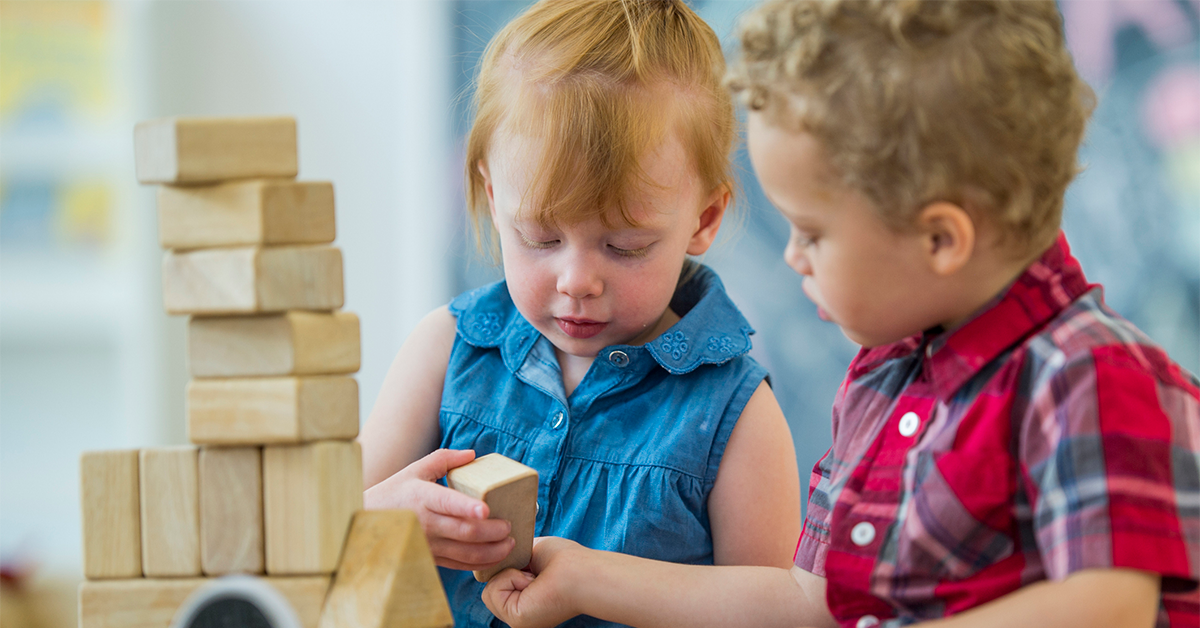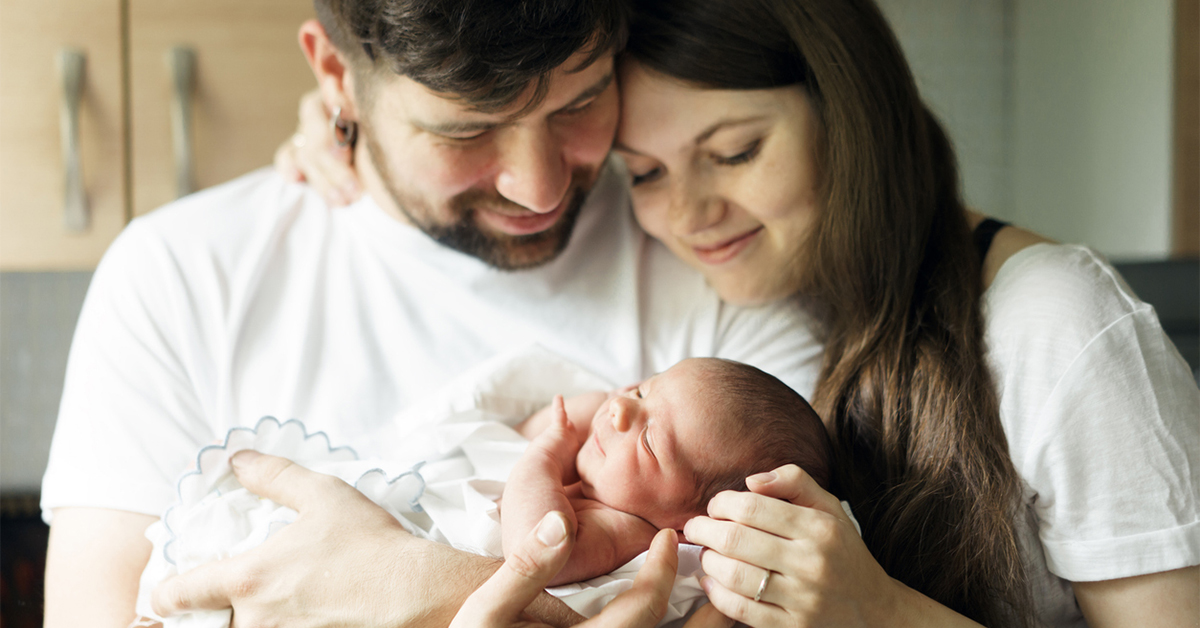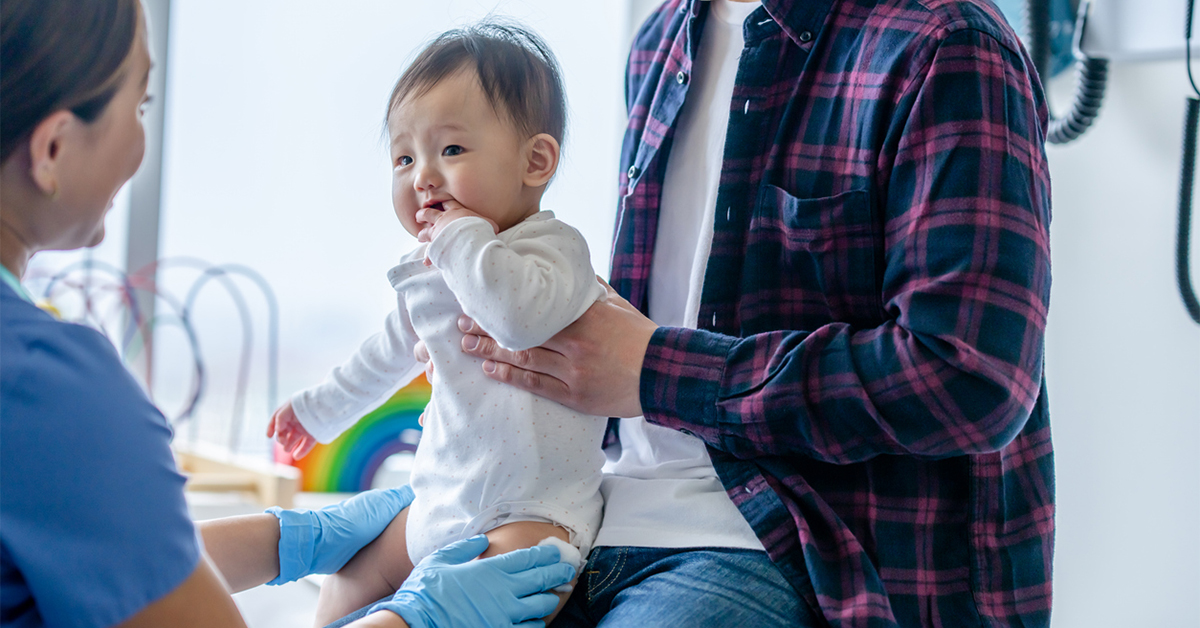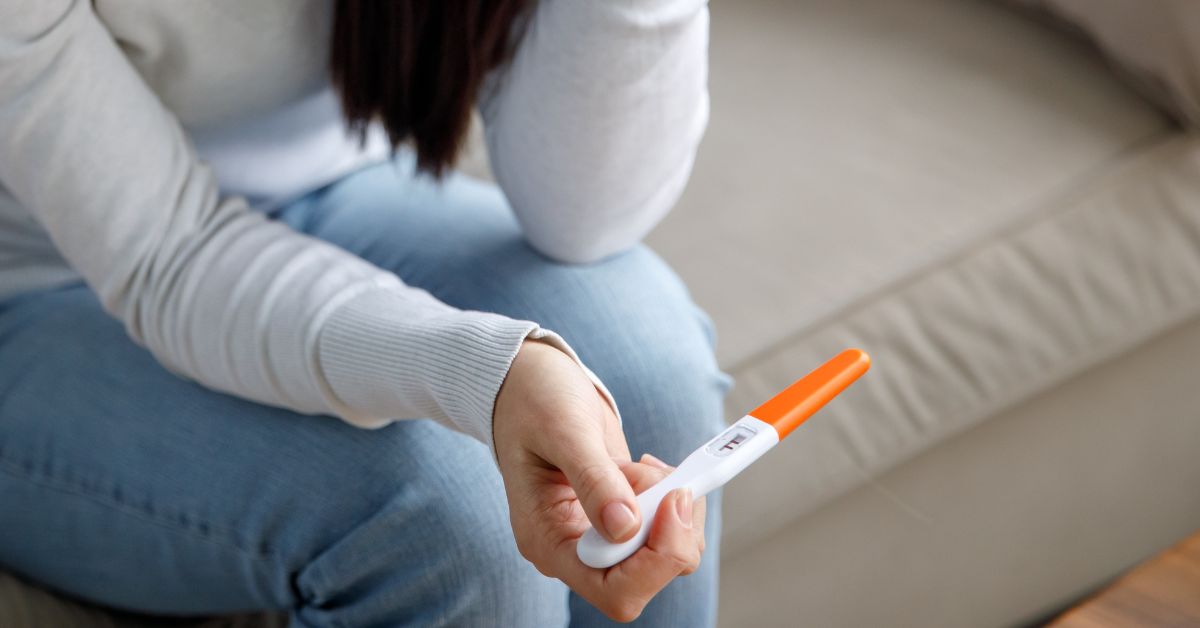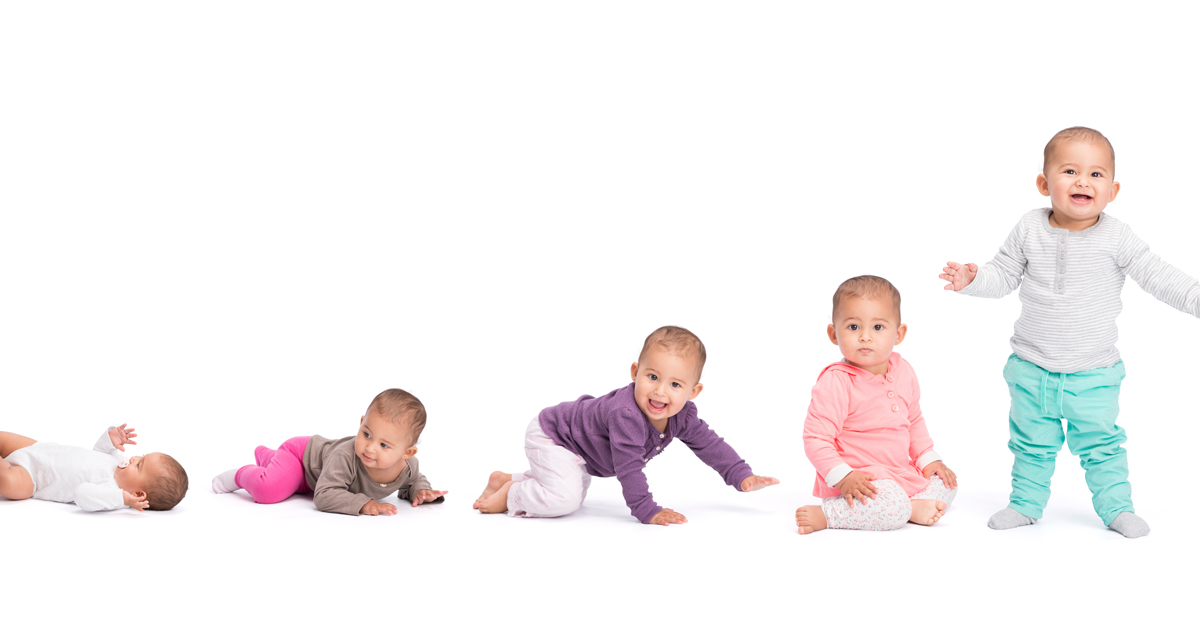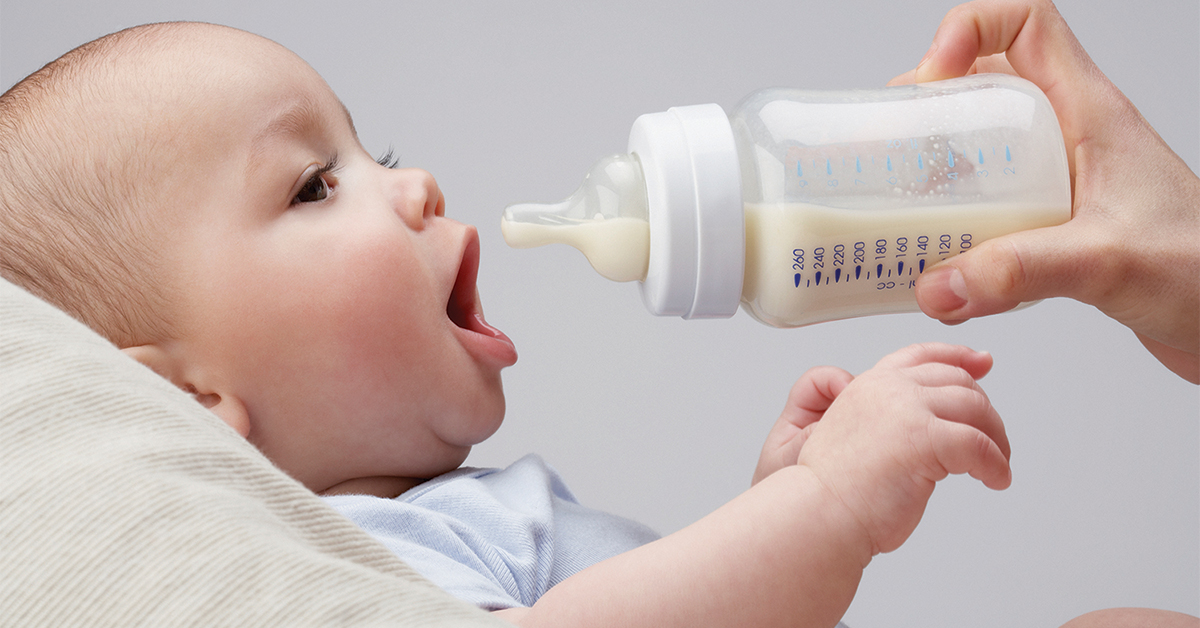Bringing a new baby home is one of life’s greatest joys, filled with tiny fingers, soft snuggles, and, sometimes, relentless crying. In those moments of frustration, it’s crucial for every caregiver to understand the profound dangers of shaking a baby, a tragic act that can lead to severe and permanent harm known as shaken baby syndrome.
At Welia Health, we want to equip new parents and all caregivers with the knowledge to protect their precious little ones. Keep reading to learn what shaken baby syndrome is, why it’s so serious, and how simple steps can help prevent it entirely.
What is shaken baby syndrome?
Shaken baby syndrome (SBS) describes the serious injuries that result from violently shaking an infant or small child, or from shaking combined with impacting their head. The delicate brains of babies are particularly vulnerable to this type of trauma. The severity of the brain damage depends on how forceful and how long the shaking lasts, as well as the force of any impact.
Recognizing the signs of shaken baby injuries
The most common and telling signs of shaken baby injuries involve bleeding and swelling within and around the brain and eyes. These often include one or more of the following:
- Subdural hematoma: Violent shaking causes the fragile blood vessels surrounding the brain to stretch and tear, leading to bleeding between the brain and its outer covering.
- Cerebral edema: The forceful shaking can cause the brain itself to swell. This increased pressure inside the baby’s skull can lead to massive, irreversible brain damage or even death.
- Retinal hemorrhages: Just as the brain experiences violent motion during shaking, so do the eyes. This results in bleeding within the eye, which can only be detected through specialized medical examinations.
It’s important to understand that these are internal injuries and may not always be immediately apparent through external signs.
The devastating outcomes of shaken baby syndrome
While specific statistics on the incidence of SBS are challenging to gather, the known complications are heartbreaking and severe. Even a few moments of forceful shaking can cause irreversible brain damage. The National Center on Shaken Baby Syndrome reports that tragically, one in four infants do not survive.
For those who do survive, up to 80% will face long-term consequences, often requiring lifelong medical care, and can include:
- Partial or total blindness
- Developmental delays in reaching milestones
- Significant learning problems
- Behavioral issues and emotional regulation difficulties
- Intellectual disability
- Seizure disorders
- Cerebral palsy, affecting movement and coordination
Prevention is key: Protecting our most vulnerable
The most critical message about shaken baby syndrome is that it is entirely preventable. Shaking typically occurs when a frustrated caregiver loses control while dealing with a baby who is crying inconsolably.
Here’s how we can work together to prevent this tragedy:
- Educate everyone: It’s essential for parents to talk with anyone who will be caring for their baby—partners, grandparents, siblings, babysitters, daycare staff—about the dangers of shaking. Ensuring everyone understands how to soothe and care for your baby safely will give you peace of mind.
- It’s okay to cry: Simply telling someone “don’t shake the baby” isn’t enough. Caregivers need reassurance that it is perfectly acceptable for a baby to cry even after all their needs (feeding, diaper change, comfort) have been met.
- Manage stress: Caregivers must be encouraged to recognize their own stress levels and develop healthy coping mechanisms. Taking a break when feeling overwhelmed is crucial. Put the baby in a safe place (like their crib) and step away for a few minutes to compose yourself.
- Seek support: Parents should explicitly tell those caring for their baby that it is okay to call for help if they are feeling frustrated or unable to cope with a crying infant. There is no shame in asking for assistance.
Understanding the difference: Rough play vs. shaking
It’s natural for parents and caregivers to engage in playful interactions with babies. Activities like gently tossing a baby in the air, bouncing them on a knee, using an infant swing, or jogging with them in a backpack do not cause shaken baby syndrome. SBS results from violent, forceful back-and-forth shaking that causes rapid acceleration and deceleration of the head.
Want to learn more?
We encourage you to watch this short video and share it with others.
To learn more about shaken baby syndrome, check out the National Center on Shaken Baby Syndrome at www.dontshake.org. It’s a great resource with helpful information, support, and tools for families, caregivers, and professionals who want to keep babies safe and healthy.
Questions? We’re here to help.
If you have any questions or concerns about shaken baby syndrome or need support as a new parent, please don’t hesitate to contact Welia Health at 800.245.5671 or 320.225.3625.
At Welia Health, the safety and well-being of our youngest patients are our top priority.


